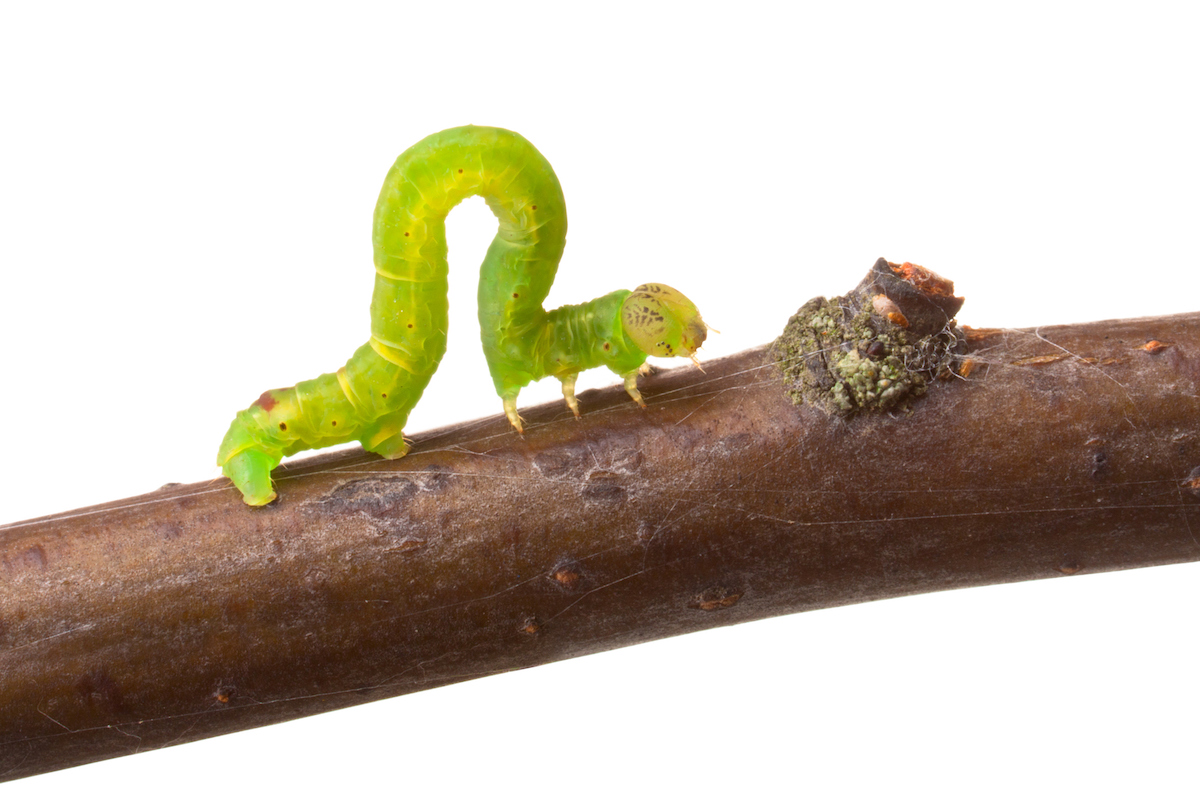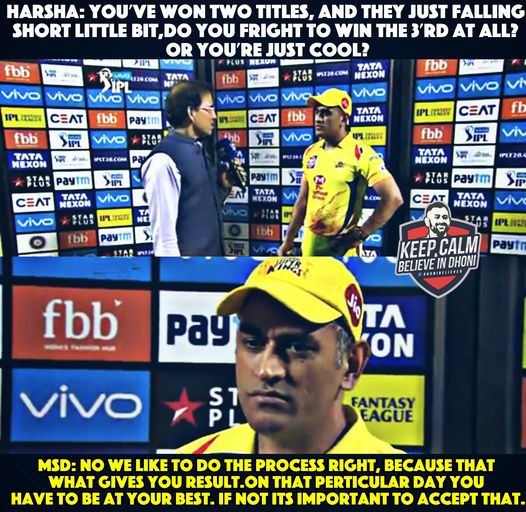During my trading slumps, I was often advised to follow the process and trust that the results would follow. However, this advice was never too effective for me. I had followed my process even through my losses, but I lacked a method to improve it.
Here's how you can improve your trading process. -
One of the best methods I have learnt for process improvement in trading comes from @jaredtendler 's book - The Mental Game of Trading. I have taken the liberty of paraphrasing both his work and his words, along with my own thoughts in this post.
The Decision Bell Curve
If you consider the quality of your trading decisions or indecisions that you took over the last year and graphed them on a scale of 1-100, you would observe a bell curve. Note that this refers to the quality of your decisions, not the outcome of the trades. A trade that hits your stop loss can still be a good decision, and a bad trading decision can still make you money.

This bell curve illustrates your natural range of decision making within your current skill set. Every day you show up to trade, you are bound by your range. There is a limit to how bad your decisions can be, and there is a cap to how good your decisions can be as well. If you have been trading for less than a year, you cannot expect to wake up one day and see the chart the same way a professional trader would. While you could execute the same trade, the decision-making process to get there would be significantly different. (The simplicity of an expert is very different from the simplicity of the beginner - from Twitter)
The A-game level, located on the right side of the graph, is the peak of your conscious competence. This occurs when you are trading in the zone and have a great mindset. Mistakes made at this level are mainly caused by Unknown Unknowns or gaps in knowledge or experience that are yet to be filled. These mistakes are simply learning mistakes. In fact, they are not really "mistakes," but more like a toddler falling down while learning to walk.
On the flip side, your C-game consists of the Known Knowns - mistakes that are so obviously wrong that you recognize them immediately upon making them. These mistakes aren't due to lack of knowledge, but rather occur in the moment of execution due to emotional excesses or a lack of focus. These mistakes may be big or small, but they reveal underlying performance flaws.
The B-game, as the name suggests, lies in between the two extremes. These are the tactical errors - things that need improvement but are not obvious enough to be considered C-game.
This is how I broadly divided my A to C game when I started:

The Inchworm concept
Process improvement is the forward movement of a bell curve over time, which an inchworm illustrates well in the way it moves.

Consistent improvement happens by taking one step forward from the front of your bell curve, where your A-game becomes even better, followed by another step forward from the back, where your C-game becomes less terrible. Over time, improving both sides of your range will shift your entire bell curve to the right.
It is no longer possible for you to make the same mistakes that you committed earlier. For example, I cannot imagine taking a trade without a stop loss and considering the open risk on the portfolio, or chasing a stock that has gone up for more than two consecutive days. Your previous B-game will now become your C-game, while your new B-game will be at the level of your old A-game. This presents an opportunity to reach a higher level of performance, which then becomes your new A-game.
Common Learning Mistake
In my early years, I believed that playing to my strengths would improve my profitability. I had developed the skill of identifying good momentum stocks and cutting my losses early on (A-Game). I focused on buying more stocks and frequently churning them for quick profits, as the probabilities were in my favour. This one-dimensional thought reduced my attention to my subpar selling strategy and position sizing (C-Game). As a result, I took more trades than necessary, causing wide swings in executions and confidence, burnout, and a plateauing of my portfolio during market pullbacks. This phenomenon is also observed in many businesses, where a single inefficient department can negatively impact the overall performance of the entire company.
Focusing only on my front-end caused my decision bell curve range to widen. This is a common problem amongst new traders who continuously window-shop for new setups and scans, thinking that it improves their skills. It is also seen in the large swings of the MTM snapshots of Fintwits on a daily basis (assuming they have not deleted the loss-making ones). Your performance range becomes so wide that you end up becoming a boom and bust trader without consistent profits.
The solution here is to narrow your range by consistently working to improve your C-game. Your trading system is only as strong as its weakest link, and the key to continuously scaling up your portfolio lies in strengthening the weakest aspects of your game - both technically and mentally.
And this starts with knowing the naked truth of your problems - often by going through the embarrassment of reviewing your stupid trades in your trade journal. Whenever I review my trades from three years ago, I feel foolish, despite having been profitable. I hope to feel the same way about my current trades in the next three years' time.
Of the Fintwit, By the Fintwit, For the Fintwit
The recent Twitter brouhaha between vigilantes and scammers highlighted how many people are fuelled by greed and seek quick solutions. This is not a new phenomenon, as "a fool and his money are soon parted" in one way or another. If you bet your money on random trades mentioned online without understanding the WHY or the risk behind it, you are not even on the bell curve, forget about A, B or C-game. Not all losses can be justified as a "part of the learning process".
The process of identifying a profitable trade and a losing one is the same, and the outcome of neither is completely within your control. In fact, it is upon the good process-driven traders to not post only their good charts, winners and MTMs. By doing so, you incite unbridled greed within the (not-so) gullible new traders, as they aspire to be like you and leave them ripe for exploitation by Telegram groups. The motive for fame, societal validation, and the potential for audience monetization is often present, regardless of whether or not you have services to sell.
In fact, many of my learnings in trading have come from my Twitter connections. I DM'd people I liked, asked genuine questions politely, and learnt from them in person or on calls. Through conversation, you can distinguish between content sellers and those who teach out of passion, especially when you challenge their ideas. A good teacher will teach everything they know, regardless of whether or not you pay them. However, none of these teachers ever gave me ready-made solutions. Instead, they only facilitated the direction of my processes and thoughts. That was much more valuable to me than their degrees or PL statements.
Closing Note
“When the student is ready the teacher will appear. When the student is truly ready... the teacher will disappear.”
- Lao Tzu
In the world of Hansie Cronje’s, be a Dhoni.

.jpg)